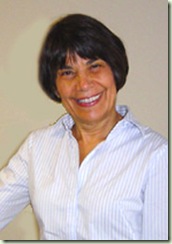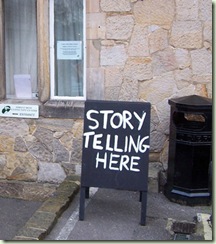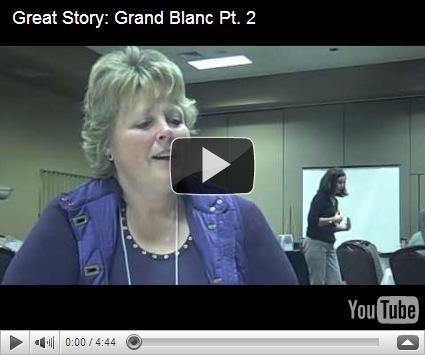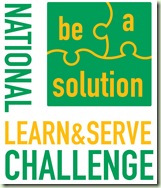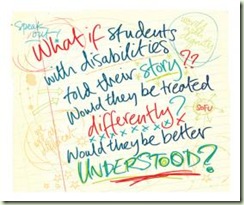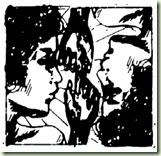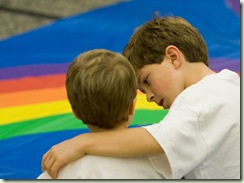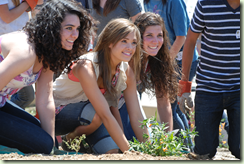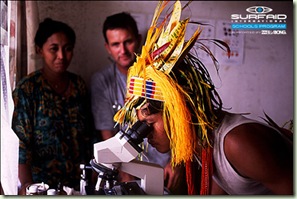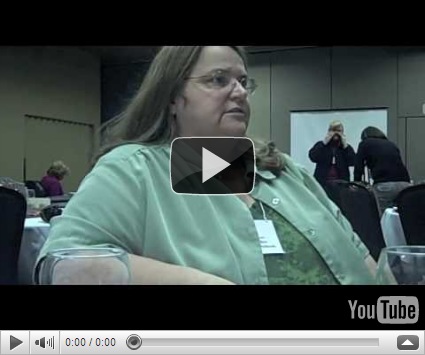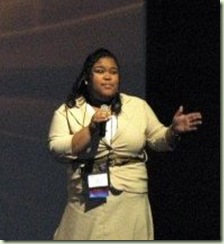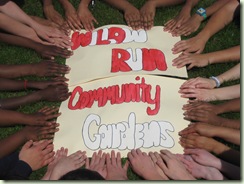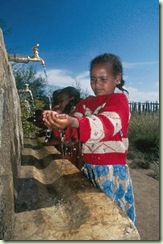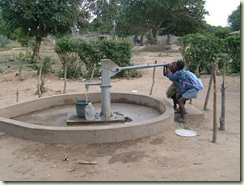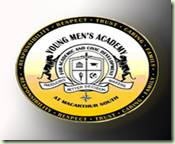Written by: Jonathan Orlansky, LA Green Corps Crew Leader
Service-Learning can empower individuals to make a difference not only in their communities but in their lives as well. This story comes from the Louisiana Green Corps, a program that uses service to teach employment skills to disadvantaged youth. It is a great example of how service and learning can change a life.
After Chris Condy received his certificate of completion from Grace King High School in 2006, three years passed. In those years, Chris worked for wages a total of one week, milled around his house, and had social interactions with only a handful of relatives. Chris was stagnant.
“I guess I was just figuring out what I was doing,” he says of the period. “I knew what I liked to do, but I didn’t think I had the experience for a job. I didn’t know how work would be.”
Chris was born with a vaguely defined cognitive disability still referred to as “mental retardation.” He was in special education programs his entire life, and completed school with minimal ability in reading and math. His one job, as a stock clerk at Winn-Dixie, had ended after a confusing and embarrassing argument about sweeping the floor. In some ways, his trepidation about joining the real world was well founded.
Then, Chris caught wind of the Louisiana Green Corps, a program that teaches green deconstruction and salvage tactics to unemployed, underemployed, low income, or other disadvantaged youth in New Orleans. A cousin, aware of his fondness for working with his hands and concerned about his inactivity, alerted him to the program and helped him through the application process. Within a week, Chris and his mother had met with program director Suzy Mason, and he was in. In one month’s time, Chris would begin his first real job.
Chris took all this basically as it came. He was pleased with the idea of working with tools and being around people, and, appreciating the job as an abstraction rather than reality, undeterred by the startling newness of the experience to come. That aspect hit Chris squarely on his first day of orientation.
Chris walked into a room full of strangers; holding notebooks, reading, talking about long-term goals, hours accumulation, wages, and he was staggered. He needed to be prodded and cajoled into attending the week’s training. I met him that week, and along with a few other staff members, feared he might not last in the program.
My initial fears were buoyed in the first week of field work. He appeared listless and bored the first couple days, and outright upset the next few. We took long walks and talked about what was blocking him and how he might get over it. He seemed content, driven even, to go back home and watch DVD’s for the rest of his life. I tried to present the situation in the most dire of terms, that if he didn’t choose to grow up and be independent now, it would never happen. It appeared to be an argument I would lose. Every day he showed up in those first weeks, I was surprised.
Then, a stroke of luck. I figured the only way we could get Chris really involved was to give him the most exciting, involved job our work had to offer, and at what appeared to be the breaking point of whether he stayed or went, we started knocking down walls. I lined Chris up next to me, another crew leader, and two other corps members, and we pushed the west-facing wall of the house we were working on clear off the foundation. Looking up from the shattered glass and cloud of dust, I saw Chris really smile for the first time.
“It was like, when I pushed that wall down, I was knocking down my fears,” he says. “Once I broke through that wall, I was okay. It’s like a metaphor, or whatever.”
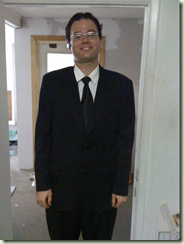 The smile didn’t dissipate. A total transformation of character and attitude occurred. Chris was energized. He became the most enthusiastic and hardworking member of not only my crew (the participants with disabilities), but of the entire 20-person corps. He also showed a natural gift for woodworking, and became a mainstay in our shop after hours working with the table saw on personal projects. He earned the universal admiration of supervisors and peers, received multiple accolades within the group, and was the first recommended for a new internship opportunity with TCA (Total Community Action) when it arose.
The smile didn’t dissipate. A total transformation of character and attitude occurred. Chris was energized. He became the most enthusiastic and hardworking member of not only my crew (the participants with disabilities), but of the entire 20-person corps. He also showed a natural gift for woodworking, and became a mainstay in our shop after hours working with the table saw on personal projects. He earned the universal admiration of supervisors and peers, received multiple accolades within the group, and was the first recommended for a new internship opportunity with TCA (Total Community Action) when it arose.
“It was an absolute joy to watch Chris grow from an unsure, quiet guy who didn’t want me to take his picture on the first day of work into our most productive and reliable crew member,” says Greg Aycock, Chris’s supervisor. “Chris’ work ethic and desire to learn will undoubtedly lead to him being successful in any endeavor he takes on.”
When asked how he felt about his well-earned praise, Chris responded “Probably real good. I have a lot more confidence; a big ego boost. You can never get too many compliments.”
I take heart in Chris’s accomplishments. The fact we could provide a circumstance where a young man discovered an outlet for his potential and is now functioning on a successful and independent level is a source of tremendous pride for my co-workers and myself. As long as Chris’s work ethic doesn’t fade, the compliments are likely to keep coming.


